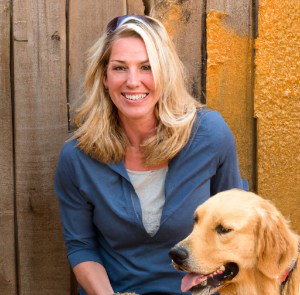March 16, 2019
Things aren't going so well for Bernie, a private detective, and his canine sidekick/partner, Chet. Their vintage Porsche is ready for the strap yard, Bernie's ex-wife is calling daily about Bernie's son's tuition, and it's been a while since their last profitable job. That's why when the mother of a missing teenage girl named Madison […]


